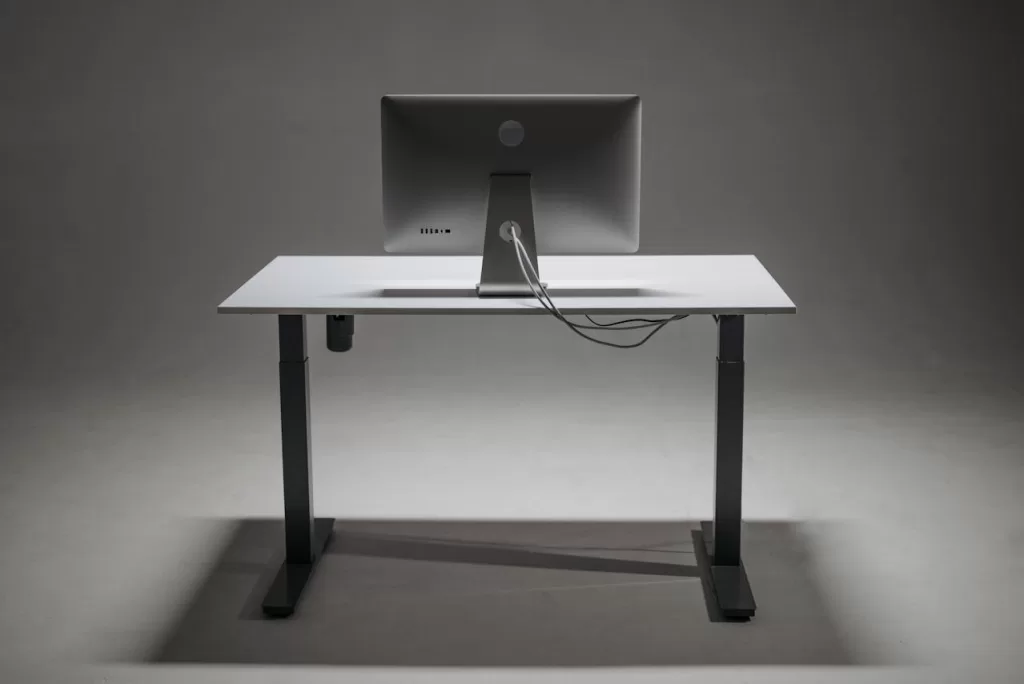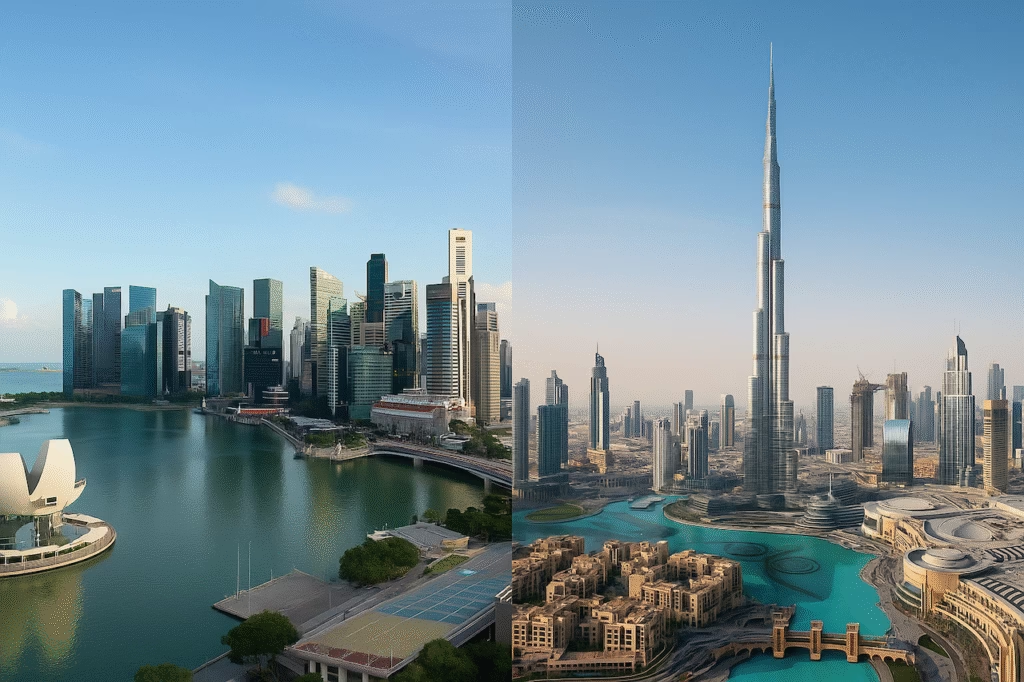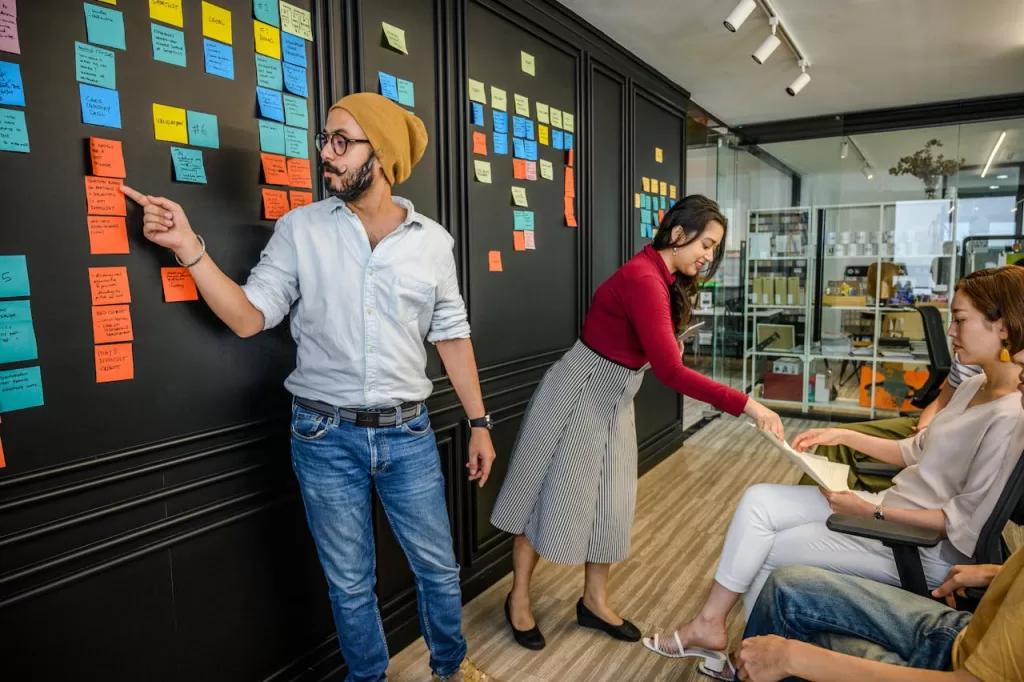When it comes to understanding real momentum in corporate real estate (CRE), it pays to look beyond leasing data and sentiment surveys. One of the clearest indicators of actual workplace activity? Office furniture sales.
Global furniture brands like Steelcase, MillerKnoll, and Haworth, have a front-row seat to the early stages of workplace investment. Orders placed with them often signal decisions already made: fit-outs confirmed, spaces reimagined, and budgets unlocked.
Their most recent results give us a telling snapshot of how the CRE market is performing globally, and what that means for those of us here in Asia Pacific.
Steelcase: Flat Internationally, But Bright Spots in Asia
Steelcase’s Q1 FY2026 results show global revenue up 7% year-on-year to $779 million, but the story is mixed depending on region.
- Americas: Up 9% organically, driven by a strong rebound in corporate, government and education sectors.
- International: Down 1% organically, largely due to weakness in France and Germany.
That said, Asia wasn’t the problem. In fact, India and China both reported growth, and the UK was also up. The company also noted a 1% increase in international orders, suggesting growing confidence in the pipeline across regions.
📌 Spotlight on APAC: While overall “international” numbers look flat, Asia is helping carry the load. That bodes well for local market stability, especially in India and Greater China.
MillerKnoll: APMEA Emerging as a Growth Driver
MillerKnoll’s Q4 FY2025 earnings showed encouraging signals:
- North America Contract Sales were up 12.5%, with orders up 16%, clearly leading the way.
- International Contract Sales rose 6.9%, with orders up 3.6%. Importantly, they highlighted Asia Pacific, Middle East, and Africa (APMEA) as the main engine behind those gains.
While Western Europe continues to lag, the APAC region has proved more resilient. In earlier quarters, MillerKnoll cited stronger client activity in India, Southeast Asia and parts of East Asia, with workplace reconfigurations and hybrid planning beginning to translate into orders.
📌 Spotlight on APAC: The region is not only holding steady, it’s now a key source of growth for one of the largest contract furniture groups in the world.
Haworth: Stable Across Regions, Quietly Consistent in Asia
As a privately held firm, Haworth doesn’t provide the same detailed regional breakdown. But in FY2024, they reported flat global revenue at $2.5 billion.
APAC has long been one of Haworth’s most consistent regions, supported by a strong dealer network and local manufacturing presence. While the company hasn’t pointed to a surge in demand, their teams in Singapore, India, China and Japan have remained active, particularly on regional hub and hybrid workplace projects.
📌 Spotlight on APAC: No major boom, but solid and steady activity, especially for multinationals redesigning offices across Asia.
What This Means for Asia Pacific
Asia Pacific is not immune to global headwinds. Decision-making is still cautious, especially for large, cross-border projects. But the furniture data suggests a measured return of confidence, especially in regional markets where:
- Hybrid work is becoming formalised
- Occupiers are reconfiguring (not just shrinking) space
- APAC hubs are being renewed or refitted to serve evolving team needs
| Region | Steelcase | MillerKnoll | Haworth |
|---|---|---|---|
| Greater China | Growth in Q1 FY26 | Cited in APMEA growth | Active pipeline |
| India | Strong performance | Steady project flow | Known key market |
| Southeast Asia | Modest, steady activity | Momentum in Singapore and Malaysia | Localised design demand |
| Australia/NZ | Less highlighted | Slower, more cautious | Regional consistency |
Furniture Sales as a Barometer
For those of us supporting clients across APAC, these furniture results are more than financial updates. They’re leading indicators, ie. they tell us where clients have moved beyond strategy into action.
And this is important because CRE activity doesn’t begin with a lease, it begins with intent. And furniture firms are often one of the first to see that intent translate into space.
So whether you’re an occupier, a consultant, or part of the design and delivery ecosystem, it’s certainly worth paying attention to the quarterly and annual reports of the global players.
![The [RE]Search Co.](https://re-search.co/wp-content/uploads/2025/02/The-RE-Search-Co-Orange_Grey-png-350x51.avif)












